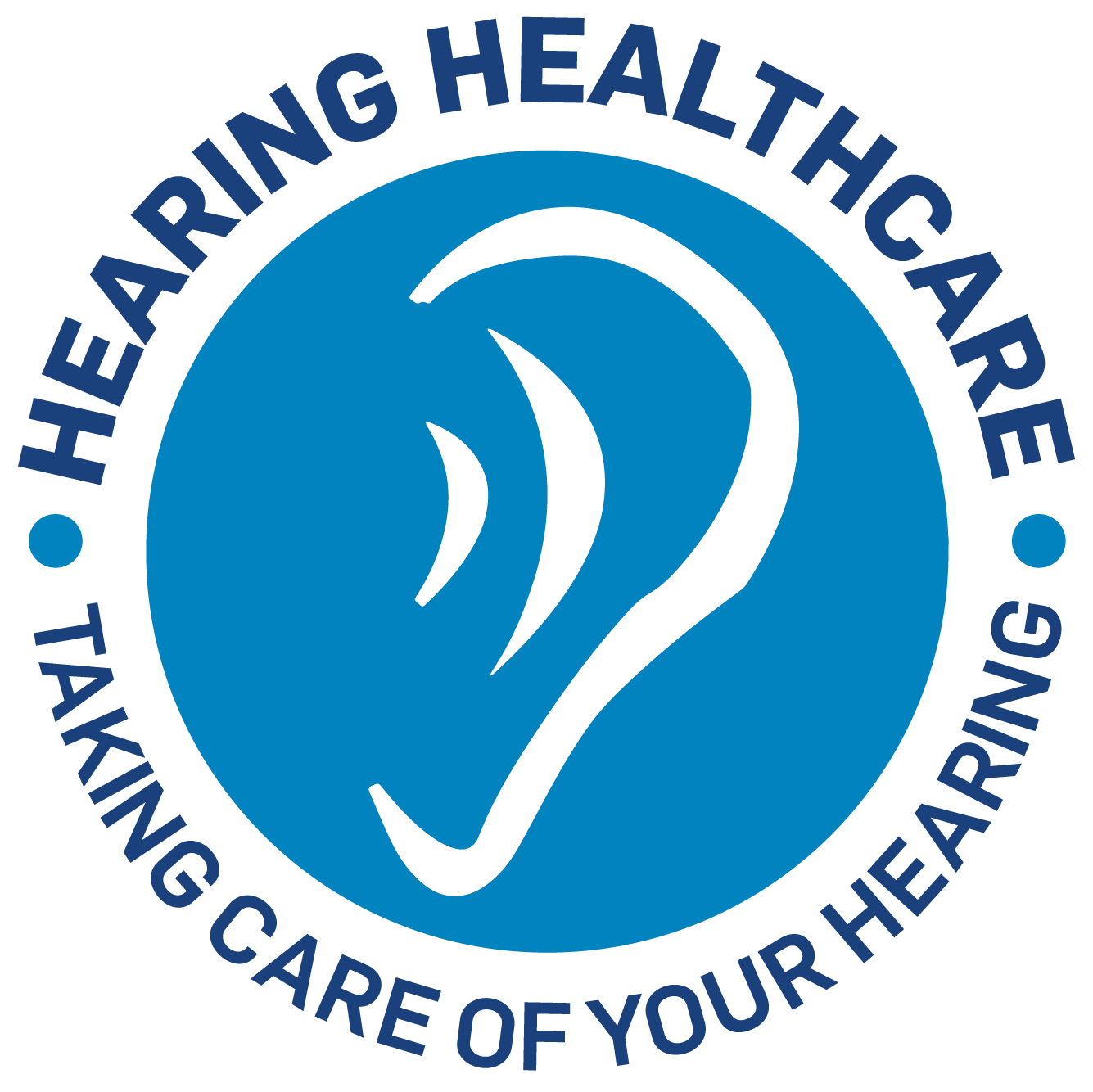Noise Survey
Health & Safety Protection against hazardous noise exposure should be included into overall hazard prevention and control programs in workplaces. The dangers of noise should be recognized before workers start complaining of hearing difficulties.
In order to identify noise levels which employees may be exposed to, a Risk Assessment Noise Survey needs to be carried out. This will assess not only the noise levels, but also the length of time individuals are exposed and establish what action must be taken. Such action includes an obligation to reduce noise emissions as much as is reasonably practicable. Hearing Healthcare Ireland can arrange to have a comprehensive and up to date (according to I.S.O Standards) Noise Risk. Assessment Survey done at any time that is suitable to you.
We conduct noise surveys all over Dublin and Ireland.
Dangerous Noise Level - Quick Check Guide
To recognize a noise hazard, ask these questions:
- Is communication so difficult you have to shout at someone close by?
- Do your ears ring after working in the noise for several hours?
- Is your hearing "dull" after several hours of exposure to noise?
If any of the above conditions are detected, then:
- Find out how much noise you are exposed to at work (ask that a sound survey be conducted)
- Wear hearing protection where necessary
- Find out if your company has a hearing protection programme such as tests, controls, proper protection and training.
Risk Assessment - The Regulations
An employer must assess the level of noise in the workplace. If any workers are exposed to a daily personal noise exposure above 80dB (A), then appropriate measurements must be taken in accordance with the regulations and the original EU Directive i.e. carry out an occupational noise assessment.
When a risk assessment is being carried out an employer shall, if necessary, measure the noise levels which his or her employees are exposed to. Regulation 124 states that Determination and Assessment of risks must be carried out when:
- When employees are liable to be exposed to noise at work, which is above lower exposure.
- When employees are exposed to levels of noise whose safety or health is at a particular risk,
- As far as technically possible, any effects on employees’ safety and health resulting from any interactions between noise and work-related ototoxic substances, and between noise and vibrations.
- Where there is an indirect effect on employees’ safety or health from interaction between noise and warning signals, or other sounds which need to be observed in order to reduce risks of accidents.
- When information on noise emission is provided by the manufactures of work equipment, in accordance with section 16 of the Safety Health and Welfare at Work Act 2005.
- If there is an extension of noise exposure beyond the normal working hours, which is under the employer’s responsibility, or the action value, the employer must consult with his or her employees or their representative, and make an appropriate assessment to reduce the risks involved.
- When alternative equipment is made available to reduce noise emission.
When an employer is carrying out a risk assessment the regulations require that he or she takes reasonable steps to satisfy him or herself that the assessment meets the requirements of the regulations , even if the assessment is been carried out by persons outside the company. Particular attention should be given to the following:
- The level, type and duration of the exposure
- The work employees carry out or are likely to carry out
- The routine in which work is been carried out by employees
- Variations in the type of work
- Identification of the immediate risk
- Identify what is possible to control, and how the risk can be reduced
- The exposure limit values and the exposure action values
- The availability of alternative equipment which is provided to reduce the noise emission.
- that ear protection is available and must be worn
Regulation 131 states that the Risk assessment be reviewed, where the results of health surveillance (Audiometric Screening) show it to be necessary. If circumstances in your workplace have changed, this may affect the noise exposure. Regular reviews should be carried out to ensure continuity to do all that is reasonably practicable to control the noise risks. Even if it appears that nothing has changed, you should not leave it for more than about two years without checking whether a review is needed.
